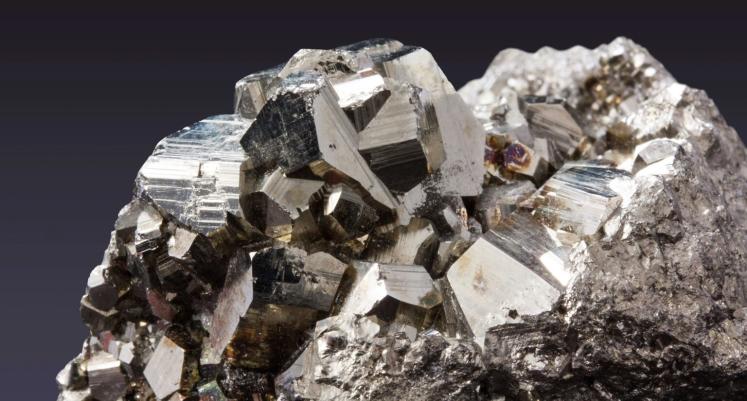Critical minerals are a subset of minerals considered crucial for the manufacturing and technological needs of companies, industries, nations, or even the world. For example, rare earth elements are required for the production of permanent magnets used in wind turbines, while electricity networks need vast amounts of copper and aluminium. The definition of whether a mineral is considered critical or not is somewhat flexible, since this classification depends on not only the context and the stakeholder's point of view, but is also subject to change over time because the current techno-socio-economic paradigm largely defines the criticality level of minerals.
In recent years, the concept of critical minerals has gained popularity because the new technologies that are shaping the ongoing green and digital transitions (together known as the ‘twin transition’) utilise far higher amounts of minerals than more traditional technologies. For example, the construction of a wind farm requires nine times more minerals than that of a natural gas power plant, and the manufacturing process to build an electric car needs six times more minerals than that of a gasoline-powered car. Furthermore, the construction of wind farms and electric cars use seven different types of minerals, while a natural gas power plant and a conventional car use only two.
The criticality level of minerals is usually determined by the economic importance of the minerals and the risk of disruption to their supply chains. From the 'twin transition' perspective, a mineral’s economic importance depends on how relevant it is for producing new technologies, while the supply chain disruption risk refers to the likelihood of a shortage due to a mineral's physical scarcity or market concentration.
The reason why the supply chains of critical minerals are so complex is that disruption risks can emerge from different stages of the supply chains. Some minerals are critical because they are present in minimum concentrations as by-products of so-called 'major' minerals (minerals that are present in higher concentrations in mineral deposits); for example, ruthenium, rhodium and palladium are by-products of platinum. Other minerals are critical due to market concentration in the downward processing stages; for instance, over 40% of the global smelting and refining capacity for copper, lithium, rare earths and cobalt is concentrated in China. All of these different factors make this subject an undoubtedly fascinating one to study, which is what led me to co-author two recent UNU-MERIT Working Papers on this topic:
- Green window of opportunity through global value chains of critical minerals: An empirical test for refining copper and lithium industries (2024)
- Critical minerals and countries' mining competitiveness: An estimate through economic complexity techniques (2023).
References
A review of methods and data to determine raw material criticality, Schrijvers, et al. (2020)
‘The Role of Critical Minerals in Clean Energy Transitions’ report, International Energy Agency (2021)
Study on the Critical Raw Materials for the EU 2023, European Commission (2023)


